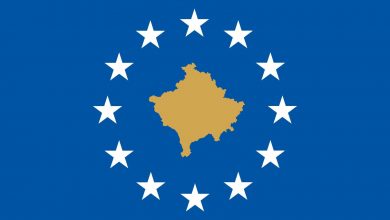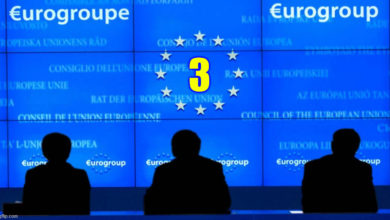Did the EU Really Compare Communism to Nazism?
The EU resolution is condemning political violence, not Communism

On September 19, 2019, the European Parliament passed a resolution concerning the importance of condemning, and remembering, the atrocities committed by States espousing totalitarian ideologies during the 20th Century. A large part of left-wing public and politicians, but liberals too, attacked the resolution. They claimed that it constitutes an equiparation of Nazifascism and Communism. But the document wasn’t really about that – here’s why.
To condemn violence in the name of Communism
First of all: it’s false that the resolution explicitly condemns the Communist ideology in toto comparing it to Nazism and Fascism. What it condemns is the totalitarian or authoritarian expression of it, specifically referring in several occasions to Stalinism. The resolution uses the word “totalitarian” rather out of context, for it seems to be interchangeable with “authoritarian”, although this has different connotations.
Nonetheless, it’s clear that the focus is on the dictatorial experience of the USSR and its satellite countries and not on Communism in general. No pacific form of this ideology is condemned. What is condemned is political violence, with particular reference to the rising popularity of revisionist tendencies of Nazism and Stalinism.
The alliance of Communism and Nazism
That being said, it is not wrong to say, as the resolution does, that the Molotov-Ribbentrop pact has been one of the direct causes of WWII’s outbreak. Some may be tempted to accuse Western Democracies for putting Stalin in Hitler’s arms, and not collaborating with Russia against Nazi Germany. Actually, Stalin’s interest in that phase, as well as Hitler’s, was to change the status quo. The Allies would have never agreed to let the USSR expand to former Tsarists’ borders. Those negotiations occurring between Moscow and London, or Paris, were a mere instrument for Stalin to name a higher price with Germany.
Hitler didn’t care about the fate of the Baltics or Bessarabia, and desperately needed an agreement mostly for two reasons. First, he needed natural resources for the war industry. Second, he needed to be sure that, after the invasion of Poland, its Eastern flank would not have been menaced by the USSR. Without these conditions, it would not have been possible for the German war machine to work the way it did. The industry delivered what was needed, while the army left the border with the Soviets almost un-garrisoned to concentrate against France and the Benelux.

Communism and the aftermath of WWII: Western and Eastern perspectives
In Western Europe, historiography is still struggling with changing the perception of the Red Army and the USSR as a liberating force. The political craftiness of the left wing in distorting this perception is beyond doubt, but that’s not only the result of a malicious intention. Communists participated in the liberation of Western Europe alongside Liberal forces and the majority later accepted democratic rule.
That certainly has been a direct cause of the partition of Europe between the Western and the Eastern bloc, with Stalin prohibiting Communist uprisings against Democratic forces in those countries occupied by the Allies. Still, not to recognize the progressive rupture between certain European communist parties or ideologists and the USSR would be quite unfair.
Because of this differentiation between Communist ideological streams, its perception can’t be but different according to each country. The relative acceptance of communism in former “Western” Europe would be unimaginable in those countries more or less directly occupied from the USSR after the 1940s. The memory of the oppression of civil liberties under Communist regimes in Eastern and Central Europe is still strong in millions of people. So this time it would be unfair to force them to accept a Western perspective of a term, “Communism”, they rightly associate to brutality, misery, poverty.

Putin’s Russia meddling attempts
Apart from condemning past regimes, the resolution clearly speaks against Russia’s historical revisionism. In particular, it refers to its exaltation of Stalinism, the USSR, and its attempts to shelve the crimes committed. The European Parliament clearly speaks out about the way these revisionist tendencies are part of the information war against European Democracy. It also remembers that the first victims of Soviet and Putin’s regimes are Russian people themselves.
Does this mean the resolution is a simple tool against Russia, as can be read elsewhere? Obviously not, but even if the focus was to emphasize the role of the Kremlin in altering the historical discourse, it wouldn’t be wrong. That problem is real, and it must be countered.
All of that being considered, what the resolution does is to condemn extremist political forces and historical revisionism, especially Russia’s. There’s also something else that should not go unnoticed. Point 20 explicitly reads: “to effectively ban neo-fascist and neo-Nazi groups and any other foundation or association that exalts and glorifies Nazism and fascism or any other form of totalitarianism”. Many countries already ban some ideologies: is it the right thing to do, though?





